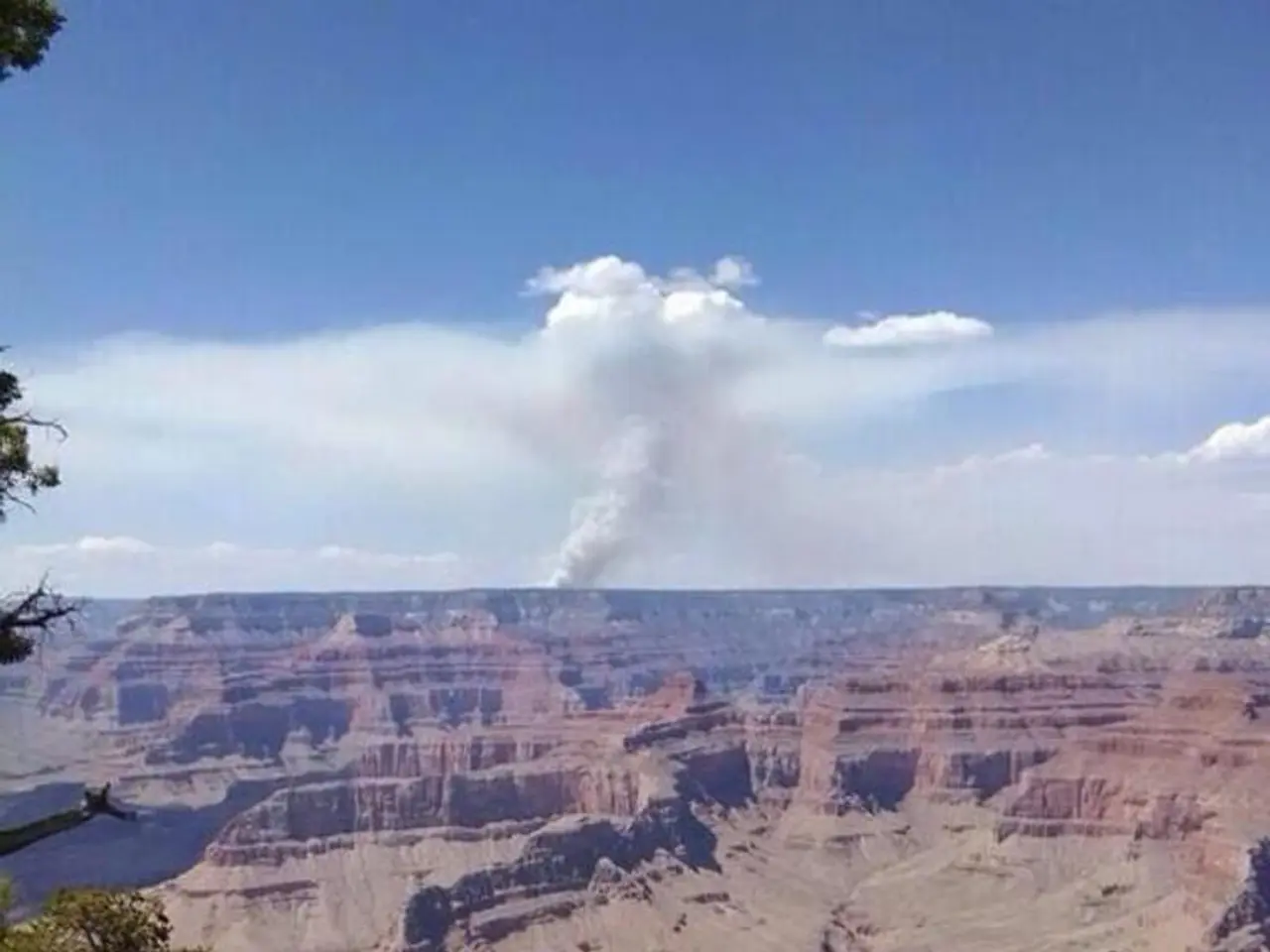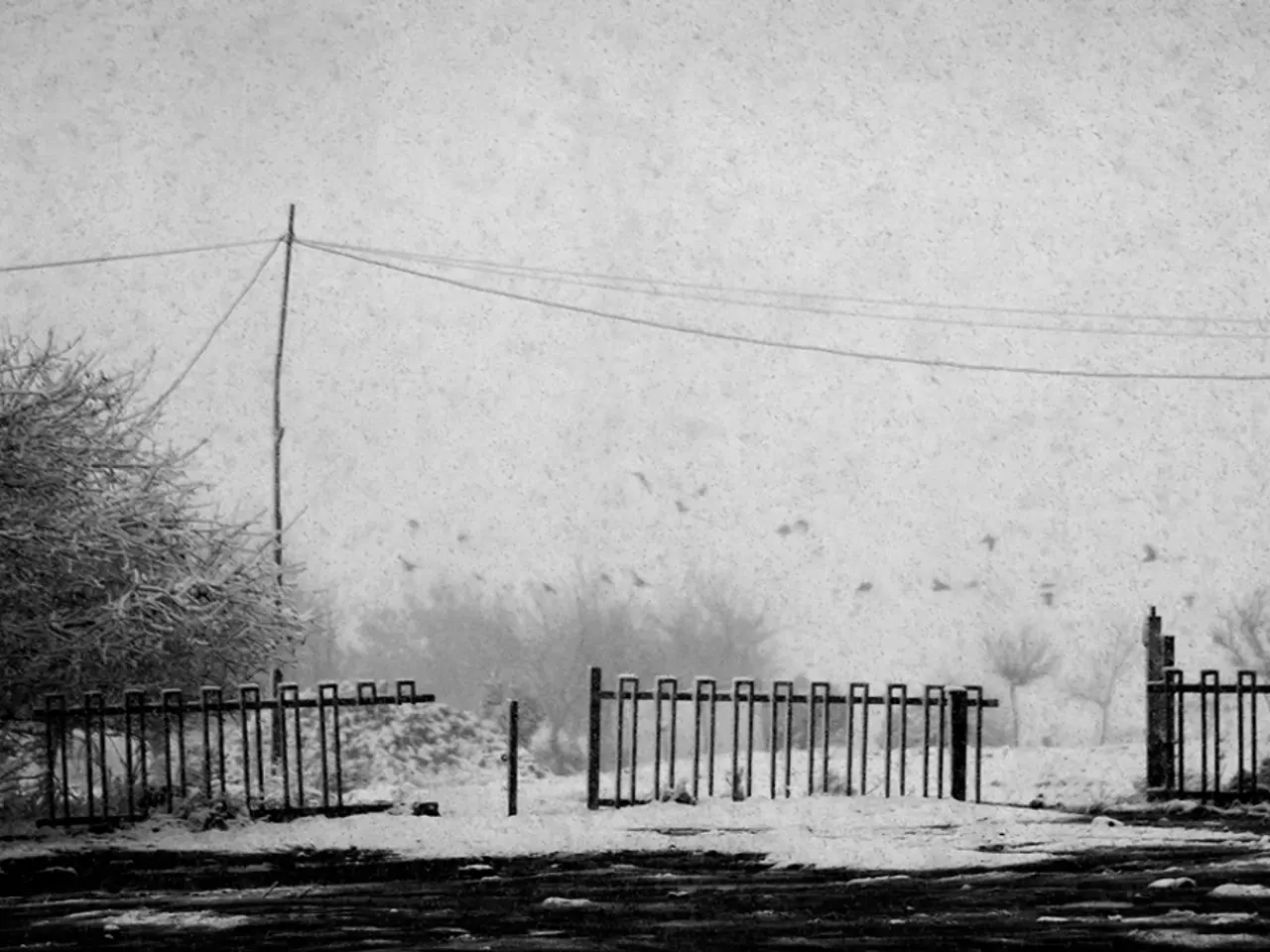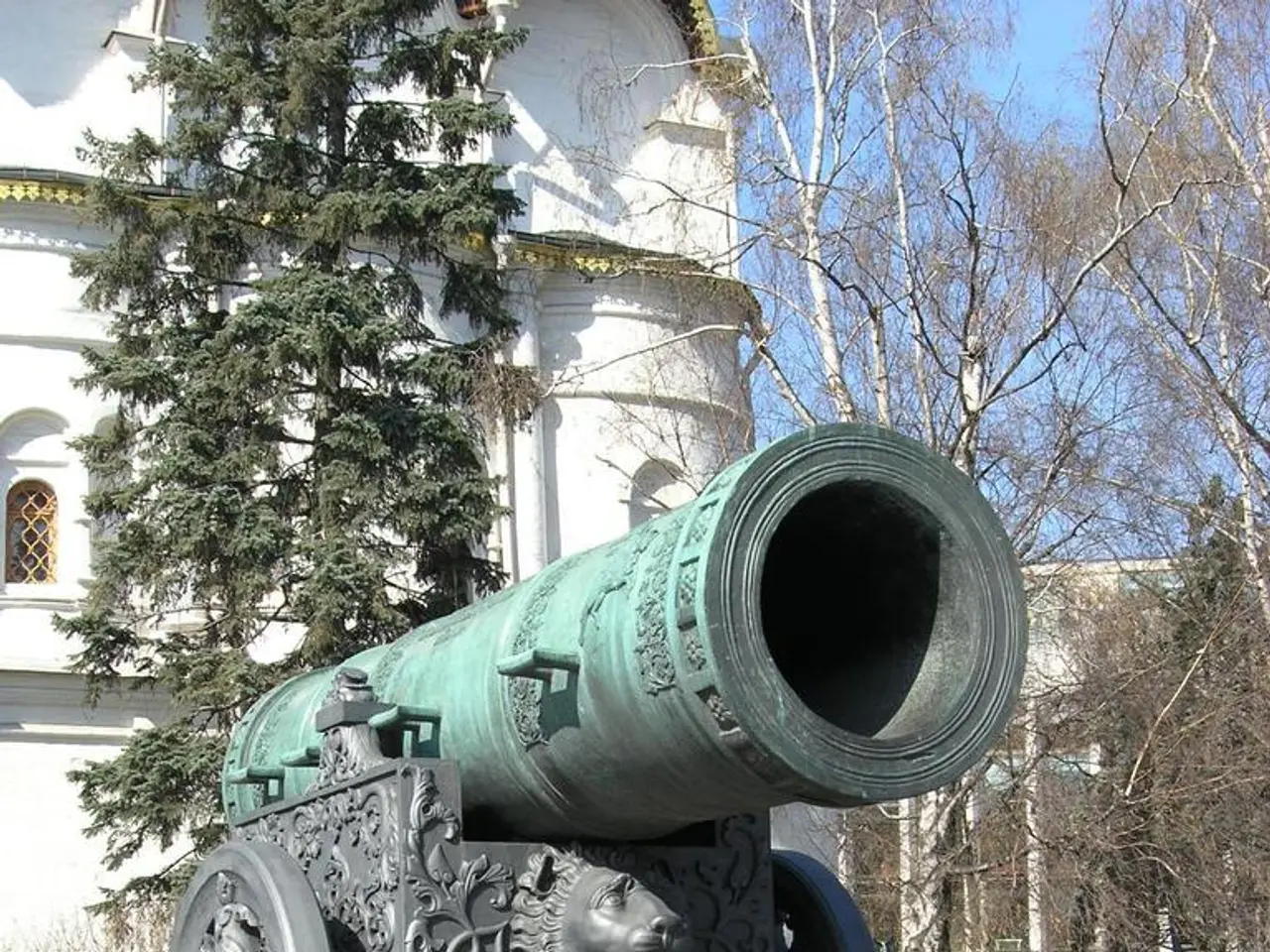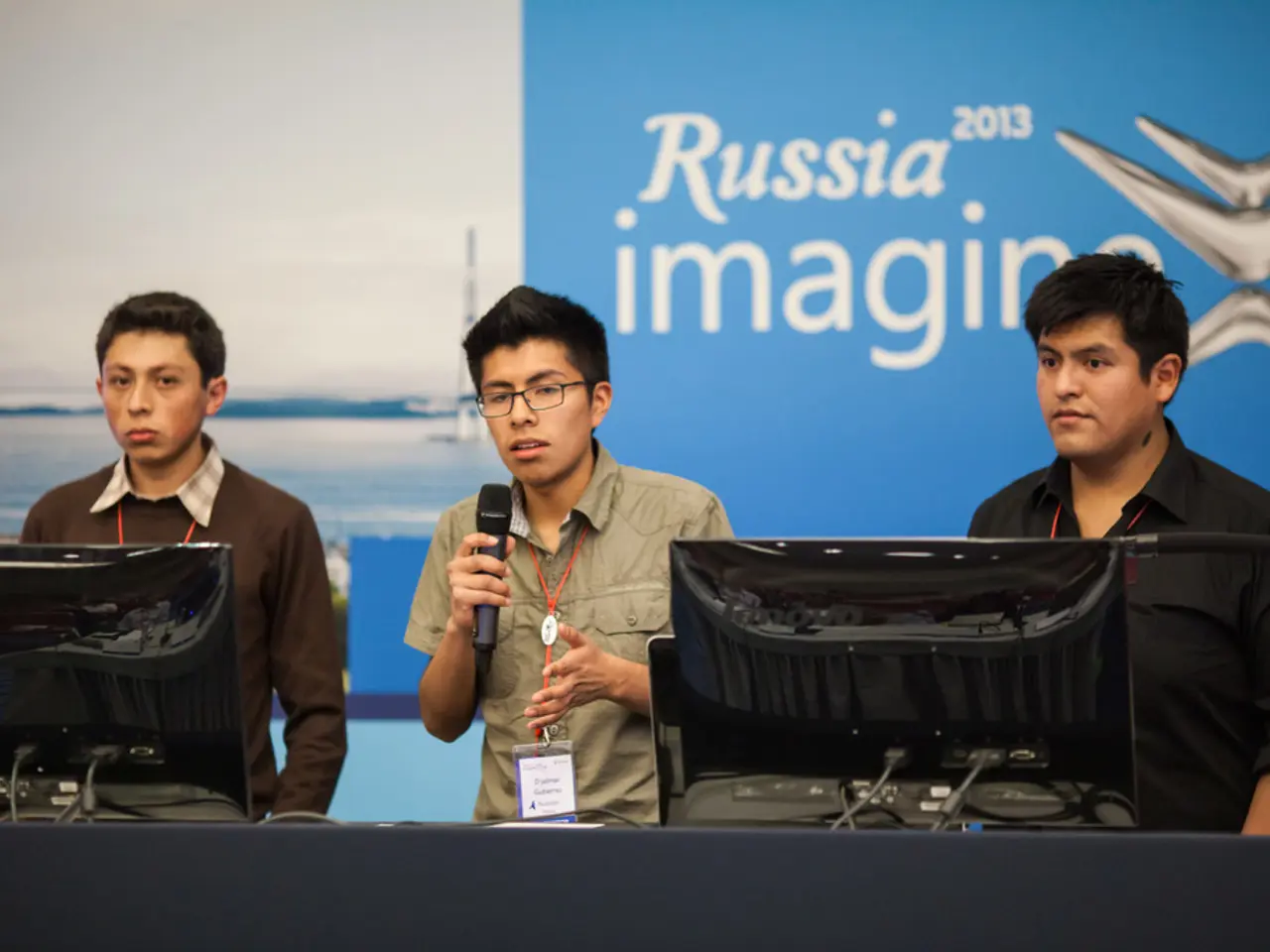Breathtaking Scenes: Aurora Borealis Paints France on New Year's Day!
Rare Northern Lights Light Up French Skies on New Year's Day
In a spectacular display of nature's beauty, the skies over France were graced with the enchanting spectacle of the Northern Lights on New Year's Day, 2025. Typically, auroras are more commonly seen closer to the poles, making this event a rare sighting for the French population.
The auroras, characterised by shades of red and violet, were witnessed in multiple regions across the country. From the snow-capped peaks of the Alps and the rugged Jura Mountains, to the sun-kissed French Riviera (Côte d'Azur), Bordeaux in Gironde, and Alsace-Lorraine, residents and visitors alike were treated to this mesmerising natural wonder.
The cause of this celestial event can be traced back to the solar cycle, which was nearing its conclusion and resulted in heightened solar activity. Three powerful solar flares erupted from the sun's surface on December 29th, and these were captured by satellites and reported by significant space agencies.
When these solar flares interacted with Earth's magnetosphere, they amplified the auroras, making them visible at lower latitudes than usual, such as in France. This phenomenon is known as a geomagnetic storm, and it occurs when disturbances in the solar wind interact with Earth's magnetosphere.
The aurora borealis results from charged particles from the sun (electrons and protons) colliding with Earth's atmosphere near the poles. However, when a geomagnetic storm intensifies, these lights can extend much farther south than usual. Early 2025 was during a period of heightened solar activity linked to the solar maximum phase of the sun's 11-year sunspot cycle, which increases both the frequency and intensity of such events.
No other direct phenomena around January 1st, 2025, such as noctilucent clouds or interstellar objects, are known to have caused these rare low-latitude northern lights sightings. Observations in 2025 confirm solar activity as the primary driver for this unique celestial event.
The unexpected appearance of the Northern Lights set a memorable tone for 2025, offering a rare opportunity for residents and visitors across France to witness this magical natural wonder.
The unusual appearance of the Northern Lights across France on New Year's Day, 2025, was attributed to the solar maximum phase of the sun's 11-year sunspot cycle, causing heightened solar activity. This led to a geomagnetic storm, enabling the Northern Lights to be visible at lower latitudes than usual, even in regions like the French Riviera, Bordeaux, and Alsace-Lorraine, marking a significant event in environmental-science and space-and-astronomy. The spectacular weather event saw the auroras, characterized by shades of red and violet, illuminating the skies, providing a mesmerizing spectacle for residents and visitors alike.








